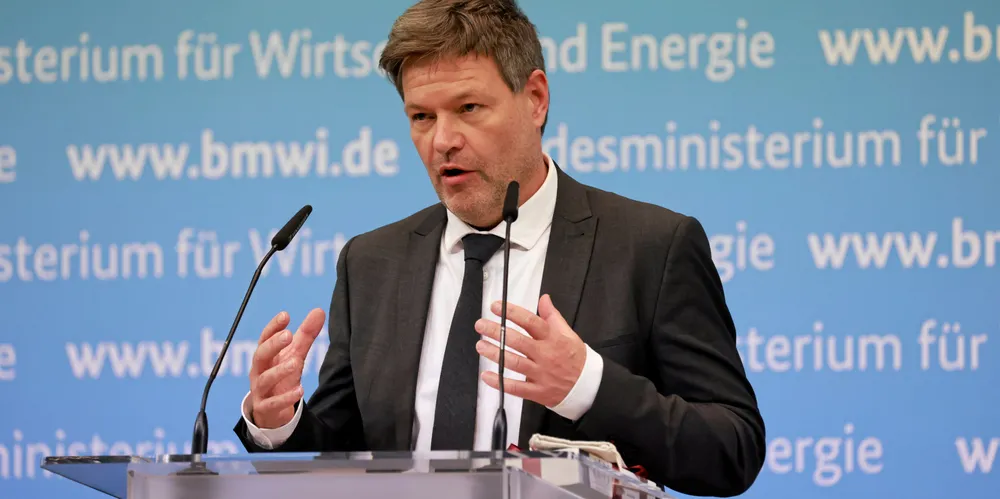'Mammoth task' | Germany unveils 30GW offshore wind expansion blueprint
National maritime and hydrographic agency presents plan to rapidly build out plant in North and Baltic Seas by 2030 as foundation for 40GW-plus by 2035

National maritime and hydrographic agency presents plan to rapidly build out plant in North and Baltic Seas by 2030 as foundation for 40GW-plus by 2035
